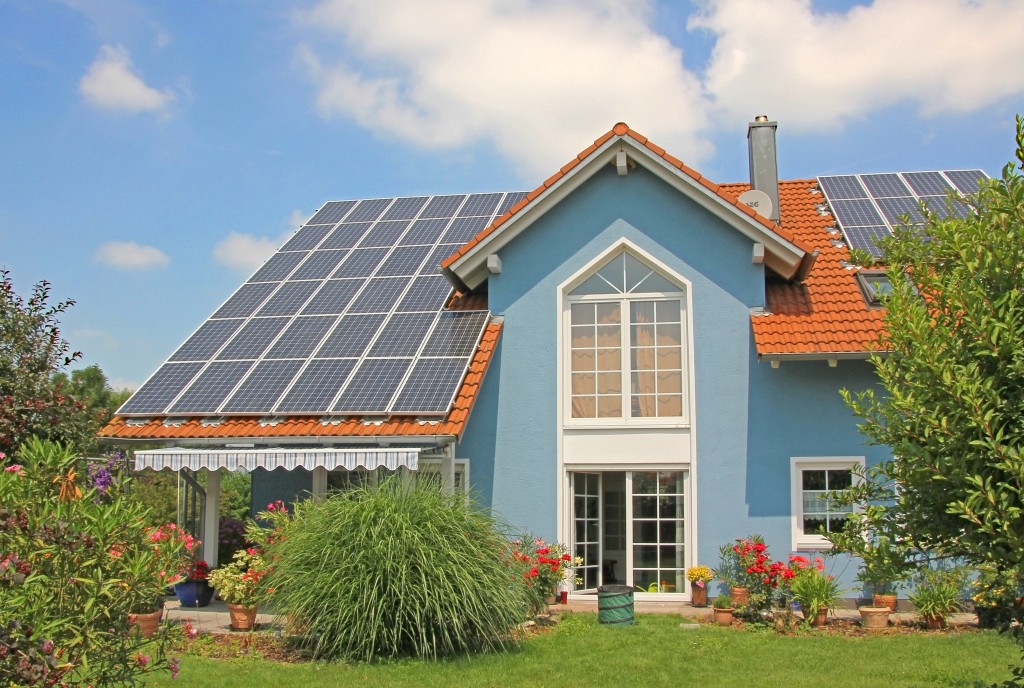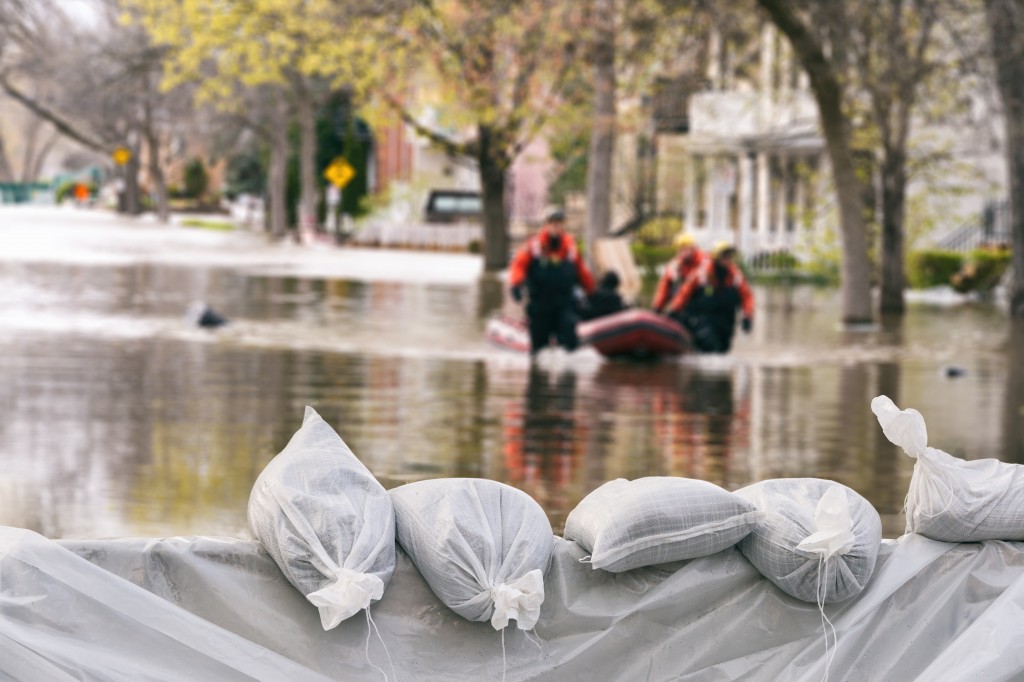Floods can destroy homes and lives. Even if the damage is minimal, it could cost you hundreds of thousands of dollars. But you should be able to prevent the floodwaters from coming in with some smart improvements. Here are some things that can be a big help.
Start With Major Landscaping Changes
Floodwater usually comes from outside of your property. If you want to avoid the water flowing into your house, you can do some smart changes in the landscaping around your home. Work with a contractor so that water flows away or around your house. Creating channels and ditches around your home can help absorb floodwater from reaching your main house. If possible, you should try to create a slope directed away from your place. Since water follows the direction of gravity, floods will have a hard time reaching your home.
Raise Your House
It may sound not easy but elevating your home is a great move. Several house types can easily get this treatment. You will need an expert to do it since you need to disconnect your house from the existing foundation and jack up the house. It may require that your foundation needs reinforcement for this to be successful. Additionally, you will need some stairs. Changing out some of your utilities might also be necessary. Before doing this, you might need to contact the local government to be sure you are meeting local building codes.
Building Flood Walls
People have been stopping water by raising floodwalls for centuries now. Dams and dikes are very good at stopping flooding and rising water levels, and you can do the same thing. If you have a large property, you can install flood walls around the perimeter of your property. Take note that these walls might not be allowed if they can cause flooding in your neighbor’s property. It would help if you also remembered to reinforce the flood walls so that they can be strong enough to handle the water pressure of floodwaters.
For smaller homes, you can build external flood walls around basement windows and external basement entrances. This prevents floodwater from entering through them. These are usually low walls to stop low-level floods. If you want to have another line of defense against floods, you can build internal flood walls around important parts of your basement like your furnace. Combined with a pump, you can keep it dry.
Dry Flood Proofing

When floods do reach your house, there are two options available to prepare for it. One is dry floodproofing. This approach requires you to do major waterproofing. This includes applying a sealant to all your exterior walls. The sealant will prevent water from coming into your home. Additionally, you should install watertight shields on all your low-level windows.
Your main problem will be the doorways and other entrances to your home. If you know a flood is coming, you can place sandbag walls to absorb water and prevent it from entering.
However, if flooding is to go higher than three feet, then dry waterproofing will likely not be effective. Additionally, if you have a basement, this approach will also not work.
Wet Flood Proofing
If water rises to higher levels, you may need to use wet floodproofing. This approach allows water to enter your property. The difference is that the areas of the home that will experience flooding receive extra protection. For example, the building materials in the flood-prone parts of the home use water-resistant materials like concrete. There will also be added drains and vents so that post-flood drying is easier. Additionally, furnishings in the space are usually lightweight and easy to move. When a flood is coming, these areas are emptied of anything.
Don’t Forget Your Garage
While your main house safe, you should also look into protecting the other parts of your property. One of your main parts of your house that will need flood protection is your garage. The main step you should take is to add weather stripping on the door. This prevents water from coming into the garage. This should be enough to stop minor flooding. Major flooding will, unfortunately, cause problems. Another thing you should consider is to upgrade your garage door to water-resistant material. Instead of wood or something similar, steel garage doors are a good choice. It is better than paying for garage door repair when your wooden door becomes water-logged. Flood vents can also help ensure your garage door can handle the strong water pressure of floods.
Protecting your home from floodwaters can be worth the investment. This should help when floods arrive. It can be difficult but preparing for the worst can protect your property and ensure that you don’t end up losing money.











